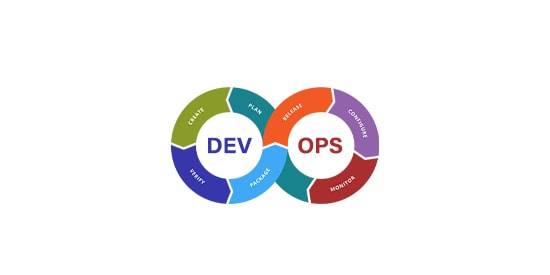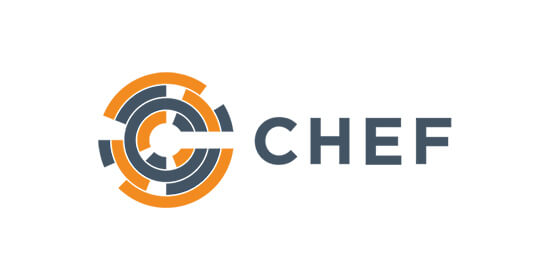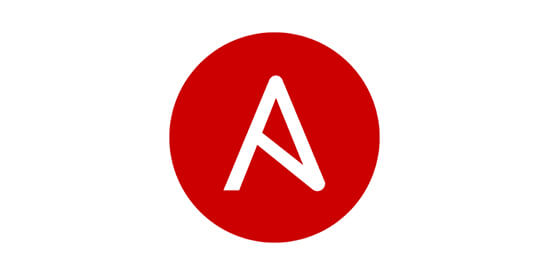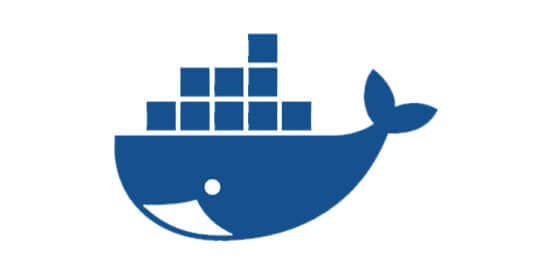DevOps Development Training

DevOps Development Training
Our DevOps Certification training course will enable you to prepare for a fast growing career. Our DevOps online training is completely designed with hands-on experience by our expert in a way to help you become a certified practitioner through best practices that will be taught in the best DevOps certification. DevOps training online will open a lot of opportunities for you. So learn DevOps online and grab the opportunities.
Course Overview
By recent research by a global company, it is known that DevOps jobs have seen a 75% increase from the year 2019 and are expected to grow to USD 9.5 billion by 2023 and that is the reason people want to pursue DevOps certification training. This DevOps engineering course will help you increase IT process efficiency and enable product innovation.
DevOps Software Development Key Features:
- 24/7 our experts will guide you about DevOps Certification Training
- Flexible schedules according to your convenient timings
- One-on-one training sessions will be given based on the requirement
- Mock tests and mock interview sessions will be conducted to increase your confidence
Who should take this Devops Online Course ?
IT Professionals, Software Testers, System Admins, Solution Architects, Security Engineers, Application Developers Integration Specialists and freshly graduated students who are aspiring to start their career as a DevOps Engineer can take this course.
Top Hiring Company

Industry Trends

Course curriculum / Syllabus
- What is DevOps (Development Operations)?
- What is SDLC (Software Development Life Cycle)
- Why DevOps
- DevOps principles
- Waterfall vs Agile vs DevOps
- DevOps tools
- Cloud History
- Cloud Computing Concepts
- Cloud Deployment Models
- Cloud Delivery Models
- Cloud Computing Benefits
- AWS/Azure History
- Brief Overview of AWS/Azure
- AWS /Azure as a Market Leader
- AWS /Azure Globally Distributed Infrastructure
- Discuss AWS/ Azure Products and Services
- What is Virtualization?
- History of Virtualization
- What is Hypervisor?
- Types of Server Virtualization
- Benefits of Virtualization
- Important Virtualization products
- Introduction to Vagrant
- What is Vagrant and why it is used?
- Uses of Vagrant in an environment
- Alternatives of Vagrant
- Vagrant versions
- Installation and Configuration
- Installing Virtual box
- How to install Vagrant on Windows
- Configuring Vagrant
- Provisioning with Vagrant
- Creating first VM with Vagrant
- Operations on the VM
- Connecting to the VM
- Add required Images to Vagrant
- Using Vagrant
- Introduction to GIT Version Control System
- Version control systems
- Local, Centralized and distributed
- Installing GIT
- Installing on Linux
- Installing on Windows
- Initial setup
- GIT Essentials
- Creating repository
- Cloning, check-in and committing
- Fetch pull and remote
- What is Branching?
- Overview of Chef
- Common Chef Terminology (Server,
- Workstation, Client, Repository etc.)
- Servers and Nodes
- Chef Configuration Concepts
- Workstation Setup
- How to configure knife
- Executing some commands to test connection between workstation and knife
- Organization Setup
- Create organization
- Add yourself and node to organization
- Test Node Setup
- Create a server and add to organization
- Check node details using knife
- Node Objects and Search
- How to Add Run list to Node?
- Check node Details
- Types of Environments
- How to create Environments?
- Add servers to environments
- What are Roles?
- Create roles
- Add Roles to organization
- What is Puppet?
- How puppet works?
- Puppet Architecture
- Master and Agents
- Configuration Language
- Resource Abstraction Layer
- Transactional Layer
- Installation and Configuration
- Installing Puppet
- Configuring Puppet Master and Agent
- Connecting Agents
- What is Puppet Master?
- Puppet configuration tree
- Puppet configuration files
- Puppet Language Basics
- The declarative language
- What are Resources?
- Resource Collectors
- Virtual Resources
- Exported Resources
- What are Manifests?
- Relationships and Ordering
- Modules and Classes
- Class Parameters
- Defined Types
- Puppet Language Advanced
- What is Facter tool?
- Declaration of Variables
- Conditional statements
- What is If Else statement?
- Case and Selectors Statement
- More Conditionals and Logic
- Resource relationship
- Introduction and Installation
- Obtaining Nagios
- Compiling and installing Nagios
- Basic configuration
- Creating a new host and service
- Creating a new e-mail contact
- Verifying configuration
- Creating a host group and service group
- Creating a new contact group
- Creating a new time period
- Plugins and commands
- Finding and installation of a Plugin
- Removing a plugin
- Creating a new command
- Customizing commands
- Using Nagios GUI
- Scheduling downtimes
- Generating reports
- Configuring notification
- Configuring checks
- Managing Flapping
- NRPE Monitoring
- Enabling Remote Execution
- Local services monitoring through NRPE on a remote machine
- Setting the listening address for NRPE
- Setting allowed client hosts for NRPE
- Creating new NRPE command definitions securely
- Creating a custom NRPE script
- Introduction to Jenkins
- Understanding continuous integration
- Introduction about Jenkins
- Build Cycle in Jenkins
- Jenkins Architecture
- How to install Jenkins?
- Obtaining and installing Jenkins
- Installing and configuring GIT
- Java installation and configuration
- Maven Installation
- Exploring Jenkins Dashboard
- Jobs
- Creating Jobs
- Running the Jobs
- Adding and updating Plugins
- Disabling and deleting jobs
- Build Deployments
- Understanding Deployment
- Tomcat installation and configuration
- Deployment Plugins
- How to deploy a war file to Tomcat from Jenkins
- Securing Jenkins
- Authentication in Jenkins
- Jenkins Plugin
- Authorization in Jenkins
- Confidentiality in Jenkins
- Creating users in Jenkins
- Best Practices for Jenkins
- Introduction
- What is a Docker?
- Use case of Docker
- Platforms for Docker
- Dockers vs Virtualization
- What is Docker Architecture?
- Important Docker components
- Understanding the Docker components
- How to install Docker?
- Installing Docker on Linux
- Understanding Installation of Docker on Windows.
- Some Docker commands
- What is Provisioning in Docker?
- Docker Hub.
- Downloading Docker images
- Running Docker images
- Running commands in container
- Running multiple containers
- Custom images
- Creating a custom image
- Running a container from the custom image
- Publishing the custom image
- What is Docker Networking?
- How to access containers?
- How to link containers?
- Exposing container ports
- What is Container Routing?
- Introduction to Ansible
- Ansible Agent less Architecture
- How to install Ansible?
- What are Ansible Inventories?
- What are Ansible Modules?
- What are Ansible Playbooks?
- Introduction to Linux and UNIX
- Installation of Linux
- Linux System Structure
- Software Package Administration
- User and Group Administration
- Advanced File Permissions
- Disk Partitioning and Mounting File System
DevOps Development Training FAQ’s:
Should have a bachelor’s degree in any stream, who is having a non-programming background and there is no need to have prior work experience.
We will provide you step-wise guide to set up the lab which will be helpful for doing the hands-on exercises. All the hands-on are to be executed by our trainers.
Yes, we guide you for the placement assistance and resume preparation as well. As there is a very big demand for DevOps professionals we guide our consultants to get ready for it by working on a real life projects.
QTS INFO is offering you the most updated, relevant and real-world projects as a part of the training program. This way can help you implement the learning that you have acquired in real-world. Our trainings comes with multiple projects that thoroughly test your skills, practical knowledge and which perfectly makes you industry ready.
Once you complete QTS INFO training program, working on real-world projects and assignments, you will be awarded with QTS INFO course completion certificate.
Enquire Now
Why QTS INFO
Best Virtual training classrooms for IT aspirants
Real time curriculum with job oriented training.
Around the clock assistance
We are eager to solve your queries 24*7 with help of our expert faculty.
Flexible Timings
Choose your schedule as per your convenience. No need to delay your work
Mock projects
Real world project samples for practical sessions




